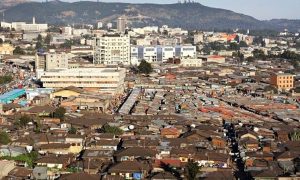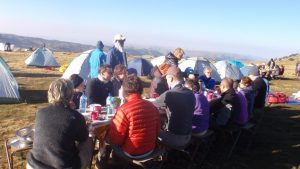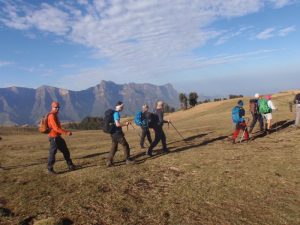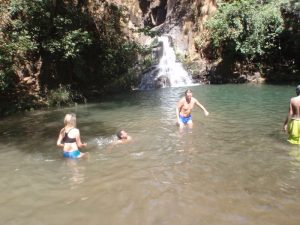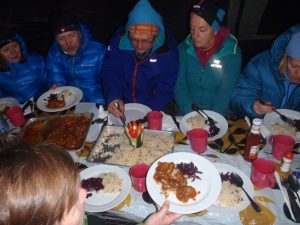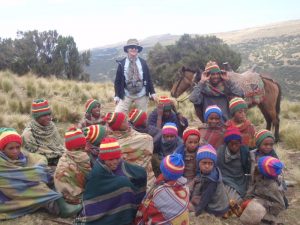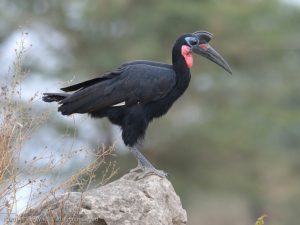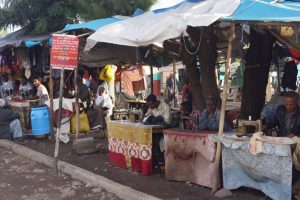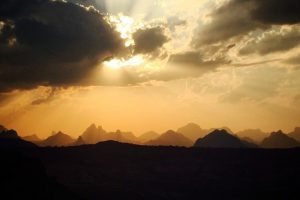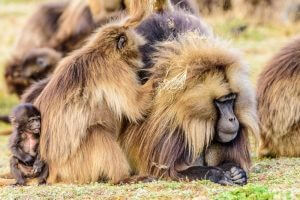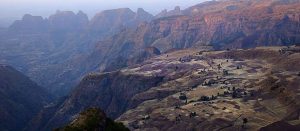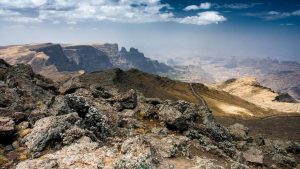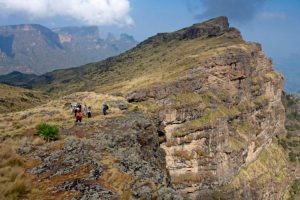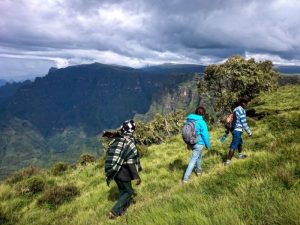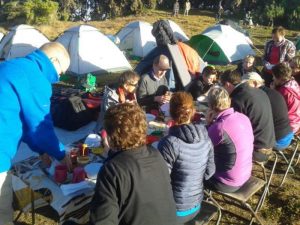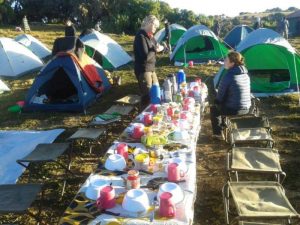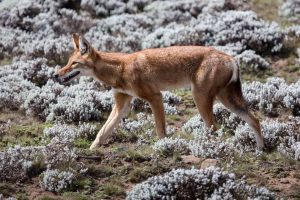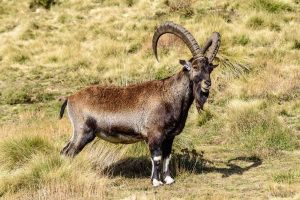Essential information
Plan your trip
Getting around Ethiopia :-Because of the state of the roads, the distances involved and the quality of the alternative (flying) most short term visitors use internal flights in Ethiopia. There are reliable daily flights between most of the stops on the Northern Circuit (Addis, Gondar, Lalibella, Axum, Bahir Dar).
If you have more time, or delight in the joys of overland travel, we can provide you vehicles (4WD, minibus and coaster bus )
When is best: The Ethiopian Tourist Board proudly promotes their slogan “13 months of sunshine” to anyone who will listen, but they are not far off the mark. The rainy season in the North is in July and August, but whilst that might stop you attempting a multi day trek in the Simien Mountains, it won’t really affect you if you are planning on touring the Northern Historical route. The best time to visit the North is in Autumn, after the rains when the mountains are full of lush green and the views are in impeded by haze.
When to go —September — June
Accommodation :On trek you’ll be camping in the offical park camp sites at Sankaber, Geech and Chenek. The sites are in beautiful spots and have been built sympathetically with seated drop toilets set well away from the camping area. The facilities are cleaned and tidied every day. You will be sleeping in 2 men tents (you can share or have a tent to yourself) and the crew will erect and take down your tent each day (as well as carrying your gear to the next camp-site). Overnight temperatures are cold at altitudes over 3,000m, so bring a 4 season sleeping bag.
Food-wise you will have a private cook for your trek who will provide breakfast, packed lunch, tea and dinner each day. The food is great, and given most Westerners aversion to the Ethiopian staple Injurra, mostly of the Western variety. Expect bread and pancakes / eggs for breakfast, filling sandwiches for lunch, herbal teas, fantastic coffee and popcorn at the end of a long days trekking and then a massive meal to end the day with soup starter and a hearty main with plenty of veg to finish.
Transport to and from the Simien Mountains is 4wd vehicle or minivan when conditions are good. The drive to the mountains from Gonder is not comfortable .
You’ll be accompanied by an English speaking guide, chef and scout. Scout’s are compulsory and carry rifles. It is worth noting that the guns are not really there for protection but are a cultural remnant of the role the scouts once played in protecting the area from bandits.
Price includes
Transport to and from Gonder
Camping equipment including tents, and mattresses (excluding sleeping bags)
Guide and all meals on trek
Park entrance fees
Flight from Addis to Gondar ( round-trip )
Sleeping bags are not included – you need to bring your own 4 season sleeping bag
International flights, personal expenses and tips are not included.
Private groups: The adventures featured in our itinerary are just a starting point for many of our private group travellers. Working closely with our Groups Department we can organize custom designed itineraries for groups of friends, clubs, charity’s, schools or even work colleagues. Our team will assist you with all aspects of your private group adventure from itinerary design to group flights. For group traveller pledge considerable discount.
Customized tours: On request, this tour can be customized for small groups.
Proceeding / additional days: It’s no problem to add days before or after the expedition and we’ll book these for you. If you bring more time, you could do day trips from Addis or take an extension tour
Group booking discount: If at least 5 people together book this trip, 6% discount is given.
Please remember that all See Ethiopia tour prices mean NO hidden extras, NO local payments.
Customized tours: On request, this tour can be customized for small groups.
Proceeding / additional days: It’s no problem to add days before or after the expedition and we’ll book these for you. If you bring more time, you could do day trips from Addis or take an extension tour
Group booking discount: If at least 5 people together book this trip, 6% discount is given.
Please remember that all See Ethiopia tour prices mean NO hidden extras, NO local payments.
Preparing for your trip
Climate :- Ethiopia is generally pleasant and warm, but varies with altitude. The long rains usually arrive mid- June to early September. After the rains, the highlands of northern Ethiopia are usually green and thus particularly scenic. The temperature all year round rarely falls below 18°C. Night-time temperatures in the mountains can be cold and can drop below freezing at higher altitude. There is a strong risk of sunburn at high altitude in Ethiopia.
Maximum Altitude on Trek (m) :- 4620
Trekking Details :- Trek for 10 days for an average of 7 to 9 hours walking each day, mostly above 3000m. Maximum altitude is the summit of Ras Dashen, 4620 m. Mules carry all food, luggage and equipment. We have graded this trek as challenging.
Altitude Description:- In the Simien Mountains trekking is strenuous with 6-8 hrs a day walking on average, at altitudes of 3,000- 4,500m, though there are some longer days (including the ascent of Ras Dashen, 4,620m). There is very little flat walking involved. Your Guide will ensure that during your stay in the mountains you acclimatise enough before an ascent of Ras Dashen. At altitude you will find yourself moving slower than usual, but this gives an excellent opportunity to admire the spectacular views.
Please note this trip goes to an altitude where there is a risk of being affected by Acute Mountain Sickness (AMS), a common and usually harmless condition caused by reduced air pressure and a lower concentration of oxygen. Whilst the itinerary has been specifically designed to allow your body to acclimatise gradually, the speed of onset and severity – as well as the height at which AMS develops can vary greatly between individuals; being physically fit affords no special protection. If symptoms occur while on tour you must let your Guide know immediately.
Equipment:
Sleeping Bag As you do not carry it yourself this may be down or synthetic, but it must be 4-season (temperature -8°C to -5°C). A cotton liner helps to keep your bag clean.
Sleeping Mat Regular sleeping mats will be provided but if you would prefer an inflatable thermarest style you will need to bring your own.
Walking poles are recommended.
Water Bottlem, water along the trail must never be considered as drinkable. Take at least a 2 liters personal water bottle, preferably insulated.
Energy snacks, including chocolate and sweets, are also recommended whilst on trek.
Sunglasses/Snow Goggles A good pair of sunglasses are essential for protection against UV rays and glare at high altitudes.
Sun Hat, High Factor Sun Cream/Block & Lip Salve Choose a high factor suncream (Factor 15 or more) to protect your skin against the sun at high altitudes. A combination sunblock/ lipsalve is ideal for facial protection.
Torch/Batteries/Bulb A small torch is essential for finding things at night. Often a head torch is useful for the early ascent to the summit. Remember to bring some spare batteries.
Toiletries Keep heavy cosmetics to a minimum. Essentials are toothbrush/paste, soap (preferably biodegradable), small towel. Wet wipes are great for a quick clean up, so bring a pack of those.
Footwear
Walking Boots
Probably the trickiest part of all. We strongly recommend walking in good boots. Trainers, or shoes of a similar ilk simply do not give the ankle support afforded by a decent pair of boots. Many people now trek in the lighter weight Goretex or leather boots They have the advantage that they take little breaking in. The slightly heavier traditional leather walking boots are also good. Avoid the types often found in high street shoe shops which are simply cheap trainers with a higher canvas side sewn on — they give little support and will probably not last the trek. Above all, your boots must be well broken in and comfortable.
Trainers or Trekking sandals
Useful around the villages and when travelling.
Clothing
Socks
It is best to wear a pair of liner socks under a pair of fairly thick loop stitch socks. This helps to protect your feet against blisters. Avoid nylon socks, they are abrasive, don’t breathe well and can cause blisters.
Jacket
After sunset, temperatures can fall below freezing. A very warm jacket is the most convenient way of keeping warm when the temperature drops.
Waterproofs
Breathable waterproofs made from material such as Goretex not only protects against rain and wind but also stops you from overheating. They breathe and avoid condensation that you will experience from nylon waterproofs.
Long Trousers
For everyday walking, light cotton trousers are the most suitable. Jeans are not recommended as they are often difficult to walk in over longer distances and become cumbersome when wet.
Thick jumper/fleece jacket
A thick jumper or fleece jacket is necessary as nights can be very cold at altitude. Make sure that your waterproof jacket is loose enough to wear over your sweater or fleece.
Track suit
Comfortable around the villages and much more practical (and warmer) to sleep in than pyjamas. Alternatively, thermal underwear is good.
Shorts
Shorts can be very comfortable to walk in but you must carry long trousers with you in case you get either sunburned or cold. Follow your tour leaders advice on local sensitivities to wearing shorts during the trek.
Gloves
Especially useful in the morning and in the evening at higher altitudes. Also bring a scarf to cover your face from the dust during the day and a warm hat/balaclava.
Swimwear
There will be swimming opportunities during the trek
Luggage: On Tour
A kitbag/barrel bag carried by mules on trek, a stuff-sack to store surplus belongings while on trek and a daysac. Pack mules are used to carry equipment, food and most personal gear. Pack heavy/dense items into your kitbag.
Trek Kit Bag
Before leaving Gondar there is plenty of time to re-sort luggage into what you need on trek and what can be left in Gondar. Think about what you are taking on trek (remember your sleeping bag) and then think how big your kit bag needs to be. A nylon or canvas bag with a zip along the top is also suitable. Whatever you choose, it must be strong, as porters are not very gentle with baggage. Soft luggage is preferable! Framed rucksacks are unsuitable. The weight limit for the bag and its contents is 15kg but you will probably find that you do not need this much. Please note there are occasional opportunities to hand wash clothing whilst on the trek.
Small Rucksack/Daysac
During the course of a trekking day, you do not have access to the luggage that is being carried for you by the porters. In any mountain region the weather can change rapidly and you must be equipped for this eventuality. Your daysac should, therefore, be large enough to carry the following: waterproofs, sweater, long trousers (if walking in shorts), warm hat and gloves, sun hat, sun cream, water bottle (at least 2litre), tissues and your packed lunch. Most people normally find that this adds up to about 2 to 3kg. Camera equipment can be heavy so think carefully when deciding what to take. Other optional items in a daysac might be binoculars, a diary or a book to read at lunch time. It is usually more comfortable to carry a slightly larger pack that is not full than to carry a small pack that is overfull or with ‘bits’ tied on the outside. Something between 20 and 25 litres capacity is probably the most suitable. A shoulder bag is not a practical alternative.
Plastic Bags
Luggage:- 15Kg
Fitness – You don’t need to be especially fit to join the trips , but there will be stairs to climb, hills to walk and sites to explore, so you’ll enjoy it more if you have a reasonable level of fitness. The walk up Erta Ale takes around 4-5 hours and your luggage will be transported by camels.
Adventure Rating
Comfort Grade
Fitness Level


